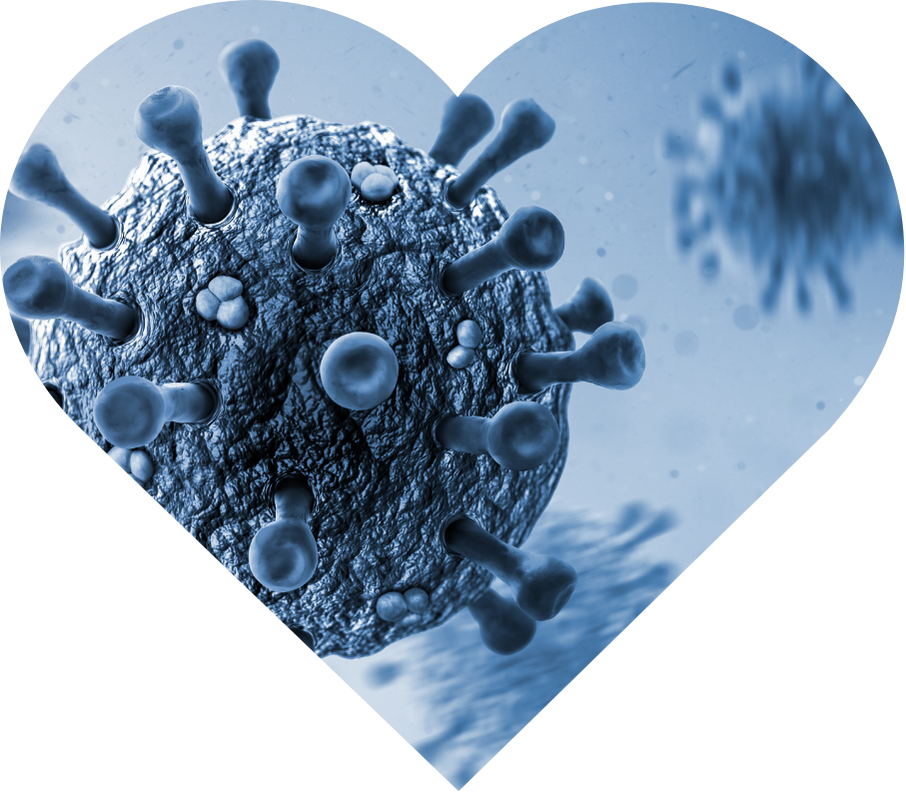As Marie Curie grew weary after hours of lab work, she relied on structure, focus, and small, consistent rituals—a blueprint for modern recovery. Recovery is not a passive state but a precisely manageable process. Those seeking high performance need the ability to heal quickly and completely. Recent studies show that small interventions—from mindful movement to targeted nutrition—measurably change how fast your body repairs tissue, reduces inflammation, and regains performance.
Recovery means more than just "taking a break." Healing follows four phases: hemostasis (blood clotting), inflammation, proliferation (tissue regeneration), and remodeling (stabilization). Each phase has its own requirements. Proteins provide amino acids as building blocks for collagen and muscle fibers. Omega-3 fatty acids modulate pro- and anti-inflammatory signaling pathways. Mindful movement, such as yoga or Tai Chi, improves neuromuscular control and reduces stress hormones—a booster for healing. Aromatherapy with lavender works through sensory pathways and can promote relaxation and sleep quality, supporting nighttime anabolismanabolic metabolic processes. Crucial for high performers: the balance between training stimulus and recovery, as overtraining tips the body into chronic inflammationpersistently elevated inflammatory activity, which hinders healing.
Too high a training volume without adequate recovery increases the risk of overuse injuries and can lead to the overtraining syndrome—with performance decline and disturbances in hormonal, immunological, and neurological systems [1] [2]. Conversely, targeted measures accelerate recovery: Tai Chi and structured balance training improve functional performance and postural control, reducing falls and re-injuries [3]. In those with neurological impairments, Tai Chi has been shown to improve balance and mobility—an indication of robust effects on sensory-motor systems [4]. Protein-rich diets accelerate tissue repair and support collagen synthesis; without adequate protein intake, healing time is extended [5] [6]. Omega-3 fatty acids dampen pro-inflammatory cytokines and improve cellular energy production—an advantageous foundation for healing [7]. Lavender aromatherapy can reduce pain and enhance sleep quality, both key factors for recovery [8]; preclinical and clinical data also suggest accelerated wound healing [9] [10]. Adversaries of healing are smoking—it disrupts inflammatory signaling pathways and inhibits repair processes—and frequent alcohol consumption, which weakens immune responses and delays recovery from injuries [11] [12] [13].
Two lines of research are particularly relevant for practice. First, the balance between load and recovery: Clinical and narrative-systematic analyses show that overload without adequate regeneration leads to overuse injuries and even to overtraining syndrome, affecting multiple organ systems and associated with increased morbidity, sleep deficits, and stress. The core message: only a balanced relationship between stimulus and recovery maintains performance and health stability [1] [2]. Second, multimodal recovery levers. In a randomized study, Tai Chi and balance training improved function, symptoms, and postural control in knee osteoarthritis—objectively measurable through movement analyses; this points to neuromuscular effects that enhance stability and daily performance [3]. Additionally, a meta-analysis shows that Tai Chi significantly increases balance and mobility in Parkinson's patients—an indication of robust, transferable mechanisms of motor control [4]. Concurrently, nutritional studies suggest that protein (including bioactive peptides) supports the structural repair of tissue, while omega-3 fatty acids reduce the pro-inflammatory cytokine response and improve mitochondrial performance of immune cells—a dual lever of building material and inflammation modulation [5] [6] [7]. Finally, clinical evidence suggests that lavender aromatherapy reduces pain and improves sleep; reviews also report accelerated wound healing and increased collagen expression—promising, provided the quality and standardization of oils are ensured [8] [9] [10].
- Incorporate 10-20 minutes of Tai Chi or gentle yoga into your routine 5 days a week, ideally as a "neural reset" after intense workouts. Focus: slow weight shifts, controlled breathing, precise alignment—proven to improve balance, mobility, and function [3] [4].
- Ensure 25-40 g of protein per main meal (including breakfast), combined with vitamin C sources for collagen synthesis. Smart options: Greek yogurt + berries; lentils with bell peppers; eggs with smoked salmon. Background: Proteins and bioactive peptides promote tissue repair and immune function [5] [6].
- Integrate 2-4 g of EPA+DHA daily through fatty fish (e.g., salmon, mackerel) or a quality-tested supplement. Aim: inflammation modulation and better cellular energy supply during healing [7].
- Utilize lavender aromatherapy as an evening ritual: 15-20 minutes of inhalation or 1-2 drops in a diffuser to reduce pain perception and enhance sleep quality; for wounds, only use tested products and consult a physician—mind quality and standardization [8] [9] [10].
- Avoid "more is better" training: Plan 24-48 hours of recovery per intense session, monitor performance, mood, and sleep as early indicators of overload. If performance declines or fatigue persists, systematically reduce load [1] [2].
- Eliminate smoking and reduce alcohol to a minimum: Both disrupt inflammation control and healing mechanisms; even moderate, regular consumption can slow down recovery [11] [12] [13].
High performance begins with fast, clean recovery. Implement three levers today: mindful movement, a protein- and omega-3-rich diet, and evening sleep optimization with lavender—and eliminate overload, smoking, and regular alcohol consumption. Your body will thank you with stable energy, robust health, and measurably shorter healing times.
This health article was created with AI support and is intended to help people access current scientific health knowledge. It contributes to the democratization of science – however, it does not replace professional medical advice and may present individual details in a simplified or slightly inaccurate manner due to AI-generated content. HEARTPORT and its affiliates assume no liability for the accuracy, completeness, or applicability of the information provided.













